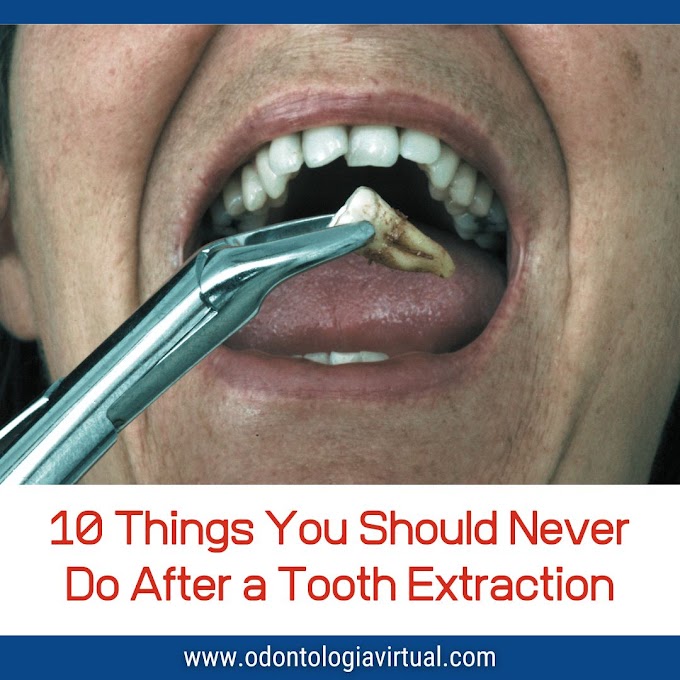However, awareness about the importance of an even earlier evaluation—right after birth—is growing among pediatric and dental professionals.
Oral Findings in Newborns: Epstein Pearls, Bohn’s Nodules, and Natal Teeth
During the neonatal stage, several benign oral findings may appear that often cause concern among parents but are usually harmless.
Among these, Epstein pearls are small, whitish-yellow cysts found along the midline of the hard palate, resulting from trapped epithelial remnants during palate fusion.
Bohn’s nodules, on the other hand, are similar cystic lesions located on the buccal or lingual aspects of the alveolar ridges and originate from minor salivary glands.
Both are self-limiting and typically disappear spontaneously within the first few weeks or months of life.
Natal and neonatal teeth are another notable finding. Natal teeth are present at birth, while neonatal teeth erupt within the first 30 days of life.
These teeth are most commonly located in the lower anterior region (usually mandibular incisors) and may be part of the normal dentition or supernumerary.
Although they often do not require extraction, pediatric dentists should evaluate their mobility, risk of aspiration, and possible irritation to the infant’s tongue or the mother’s breast during nursing.
Early professional evaluation ensures that appropriate management—whether observation or conservative removal—is applied.
► READ ALSO: Comprehensive Guide to Childhood Caries: Diet, Hidden Foods, and Medications that put Children’s Teeth at Risk
Guidance for Parents and Preventive Education
The first dental visit also serves as an opportunity for parental guidance.
Dentists educate caregivers on key topics such as proper oral hygiene before tooth eruption (cleaning the gums with a soft, damp gauze), the impact of feeding habits on oral development, and the importance of avoiding early childhood caries through appropriate feeding practices.
This visit further establishes trust between parents and the dental team, encouraging long-term preventive care.
Early Detection and Functional Assessment
Moreover, an early dental assessment allows the professional to evaluate oral frenula, jaw growth, and potential issues related to breastfeeding or tongue-tie (ankyloglossia).
Early detection of these conditions can prevent speech, feeding, and occlusal problems later in childhood.
Conclusion
The first dental visit for newborns is not just a check-up—it’s the foundation for a lifetime of oral health.
It empowers parents, prevents disease, and strengthens the preventive approach in pediatric dentistry.
Promoting this early contact between families and pediatric dentists ensures that oral health truly begins from day one.












